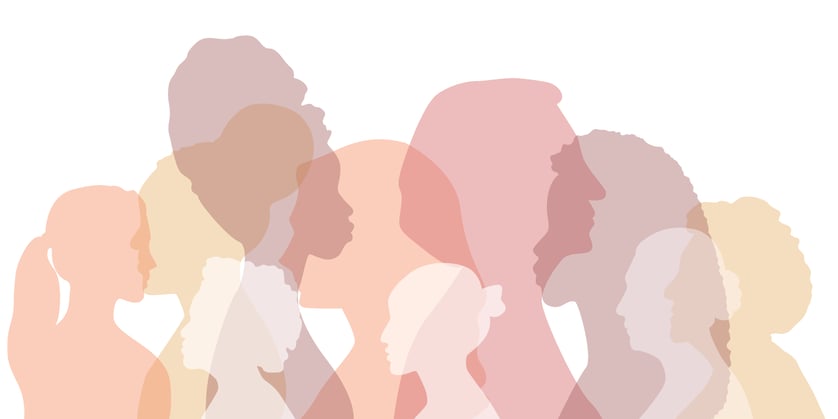According to a Gallup survey that factored into the Global Women’s Health Index rankings released in September 2022, women were more stressed, worried, sad and angry in 2021 than they were at any other point in the previous decade.1 They were also more likely than men to say that they didn’t have enough money to afford food in 2021.

A Survey Found That Fewer Than 1 in 8 Women Globally Were Screened for Cancer in the Previous 12 Months
According to the Index, about 1.5 billion women did not have access to preventive care and fewer than 1 in 8 women globally were screened for cancer at any point in the previous 12 months before the survey.2 The score gap for the Index between high- and low-income countries almost doubled from 2020 to 2021. It looked at five dimensions of women’s health: preventive care, basic needs, opinions of health and safety, individual health and emotional health.
“When women have to choose between getting healthcare from themselves and finding the next meal for their families, they will likely deprioritize their health,” Dr. Harvey said.2 For example, 85% of women surveyed believe in the value of regular visits to a healthcare professional, but less than 60% of them had gone to a doctor, nurse, midwife or other health provider in the past year.2
And it more likely takes longer to correctly diagnose a heart attack, for example, in women than in men. They are treated less consistently and are less likely to attend cardiac rehabilitation. This leads to worse outcomes and higher mortality in women than in men. And women are often the health manager in their families and take on the care work, so children, partners and parents all benefit from women’s health equity.
Maternity Care Deserts
But maternity, labor and delivery, and obstetric units are facing higher rates of closure and consolidation in the U.S. The March of Dimes found that 36% of U.S. counties are maternity care deserts where there are no hospitals providing obstetric care, no birth centers, no OB-GYN and no certified nurse midwives.3 Areas where there is low or no access affect up to 6.9 million women and almost 500,000 births across the U.S.
In the March of Dimes study, counties were classified as having low access to maternity care services if there is one or less hospital offering OB service and fewer than 60 OB providers per 10,000 births, and the proportion of women without health insurance was 10% or greater.
The number of births in the U.S. rose for the first time in seven years in 2021, according to the CDC’s National Center for Health Statistics,4 so tailoring services and providers to meet market conditions is critical.
Maternal Mortality Rates an Outlier in U.S. Among Wealthy Nations
The CDC has also reported that the vast majority of deaths among pregnant women and new mothers are preventable. For more than 4 in 5 women who died during pregnancy, during delivery or up to a year postpartum, death could have been avoided with reasonable changes by healthcare providers, the community, the patient or others.5 But the U.S. is an outlier in maternal mortality with rates many times higher than those of other wealthy nations.
Resources:
1Levels of stress, anxiety and sadness among women are at a 10-year high, survey shows, USA Today
2 More than 1.5 Billion Women Worldwide Lack Essential Health Screenings, Hologic
3Millions of Americans are losing access to maternal care, NPR
4Births Rose for the First Time in Seven Years in 2021, CDC
5Four in 5 pregnancy-related deaths in the U.S. are preventable, CDC



Share Article